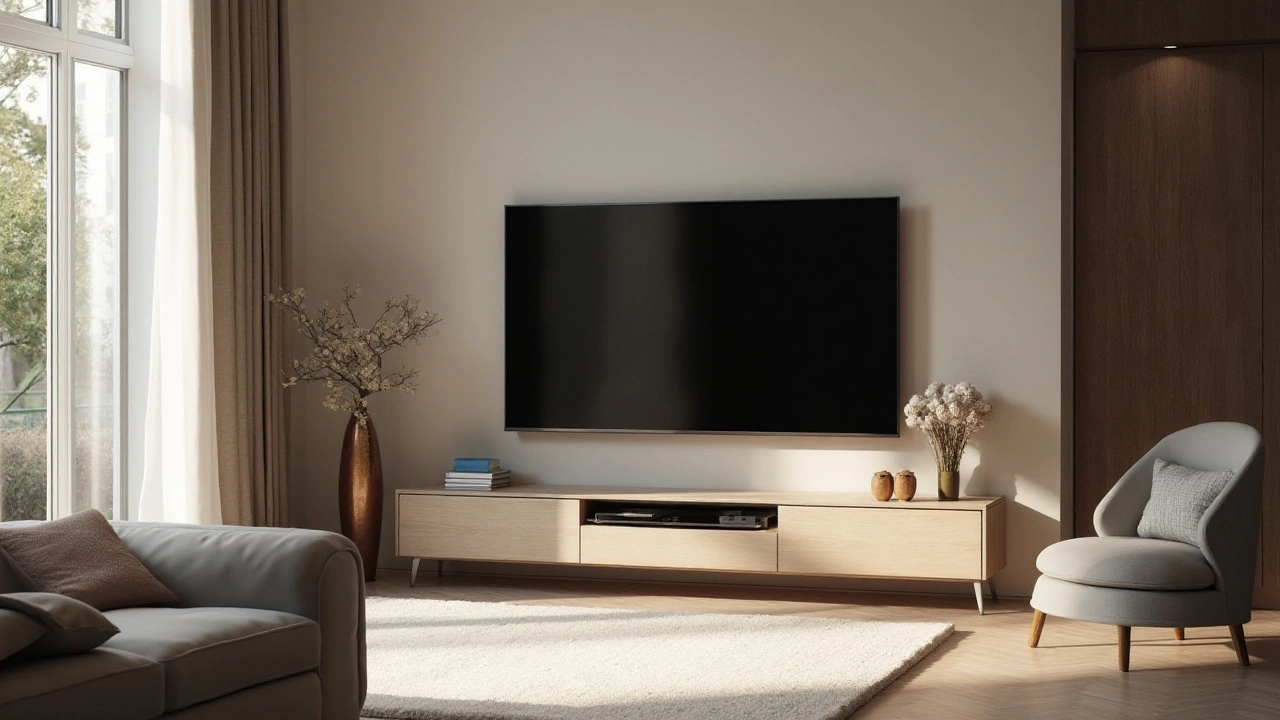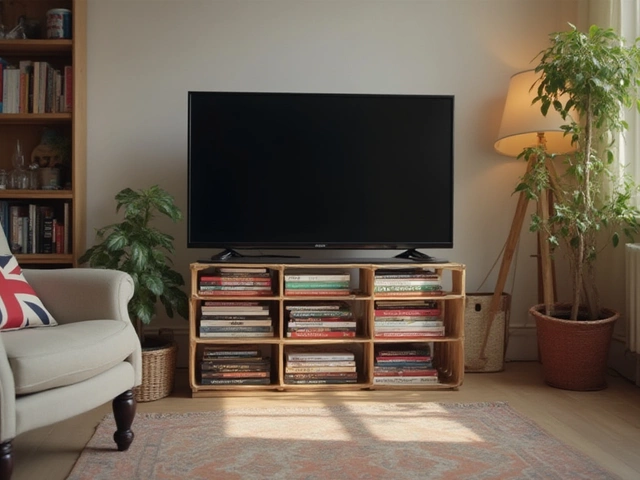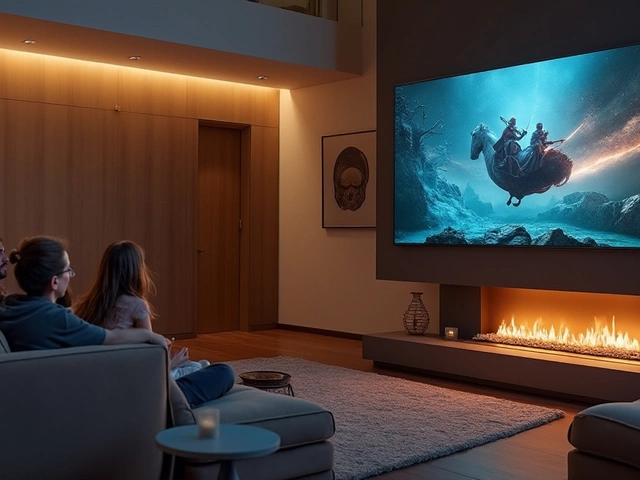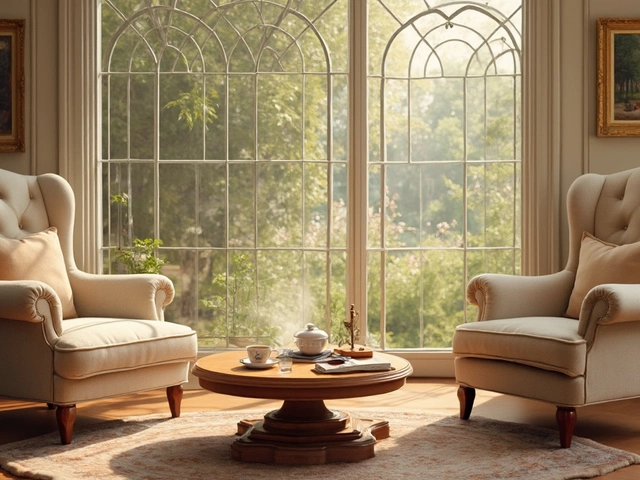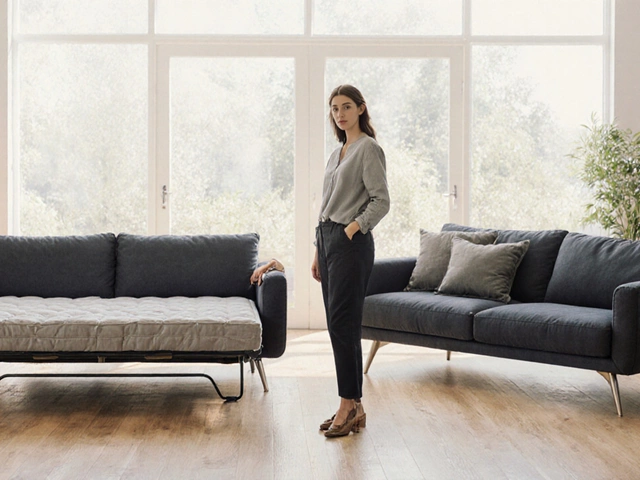Television Dimensions: How to Choose the Right Size
Picking a TV is more than just looking at the picture. You need the right dimensions to fit your wall, stand, and viewing distance. This guide shows you the basics of measuring a TV, matching it to your room, and avoiding common mistakes.
Measuring Your TV Correctly
First, understand what the listed screen size means. The number (like 55‑inch) is measured diagonally from corner to corner of the visible screen, not the whole box. To get the width and height, use a simple formula: multiply the diagonal by 0.87 for width and 0.49 for height if the TV is 16:9. For a 55‑inch TV that works out to about 48 inches wide and 27 inches tall.
Most manufacturers also give exact dimensions in the spec sheet. Check those numbers if you can—especially the depth, which matters for wall mounts and base cabinets. If you’re buying in a store, bring a tape measure and confirm the size on the spot.
Matching TV Size to Your Room
Know how far you’ll sit from the screen. A good rule of thumb is to sit at a distance that’s 1.5 to 2.5 times the screen’s diagonal. For a 55‑inch TV, that’s roughly 6.5 to 11 feet. If your sofa is closer than 6 feet, you might want a smaller screen to avoid eye strain.
Next, look at your wall space. Measure the width and height of the area where the TV will go, then subtract a couple of inches for breathing room. If the TV’s width is too close to the wall edges, it can look cramped and be hard to mount.
Don’t forget about the stand or mount. A stand adds depth and may need extra clearance on the floor. Wall mounts require studs or a solid backing; check the mount’s weight rating against the TV’s weight. Most modern flatscreens are light enough for standard brackets, but it’s worth double‑checking.
If you have a media console, make sure the TV’s width doesn’t exceed the console’s top surface. A TV that overhangs can look unstable and may cause wobbling. Measure both the TV and the console before you commit.
Finally, think about future upgrades. A TV with a slightly smaller footprint can make it easier to switch to a bigger model later, as long as the mounting hardware and wall space remain sufficient.
Bottom line: measure the diagonal, convert to width and height, check your viewing distance, and verify the available wall or stand space. Follow these steps and you’ll end up with a TV that looks great, fits perfectly, and gives you the best viewing experience.
